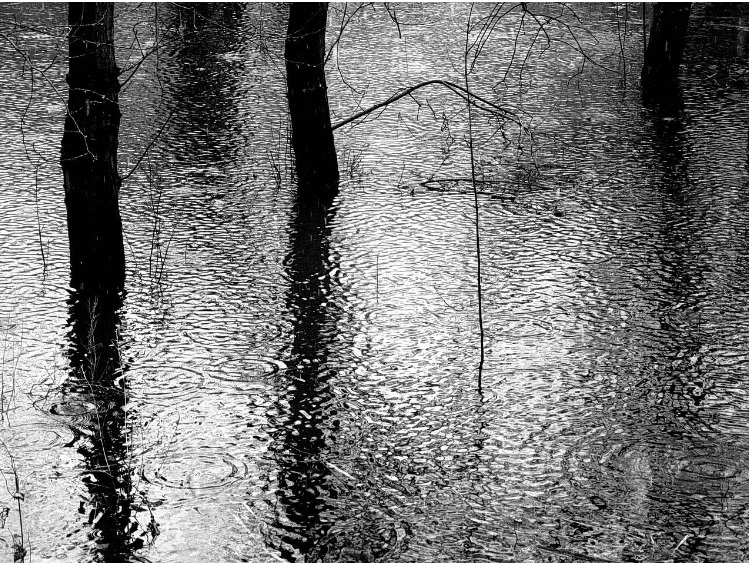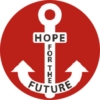Global weather disasters are becoming increasingly prevalent. This is now particularly evident to people in Austria, who are being surprised by severe storms. Human-accelerated climate change is already noticeable and has different impacts on everyone, depending on their country/region/continent. Often, attention is not paid when floods or droughts in Bangladesh, India, or parts of Africa wipe out entire regions. But what happens to the people who survive these disasters?

INTERNAL DISPLACEMENT
Internal displacement is a type of displacement that has been spreading more and more in recent years. According to the UN Refugee Agency, the number of internally displaced people has more than quadrupled between 1999 and 2018. However, this quadrupling refers ‘only’ to those who seek protection and support from aid organisations, making it clear that the actual number is significantly higher. According to estimates, of the approximately 71 million people who were displaced in 2018, around 41 million were internally displaced persons (IDPs).
Internally displaced persons are those who must leave their home but seek shelter in another part of their country.
THE LEGAL PROBLEM

To be considered a refugee, one must cross an international border. This is not the case for internally displaced persons, so they do not fall under the usual refugee definition and are therefore not legally protected. There are no international conventions to protect affected individuals. Not even a universally accepted definition of when someone is considered an internally displaced person has been established. This presents a monumental challenge for international aid organisations, as it would involve intervening in the internal affairs of a sovereign state. It must also be considered that people can be displaced by their own governments (e.g., ethnic minorities). According to the aid organisation Terre des Hommes, an estimated 70 percent of internally displaced persons are women and children. Notably, the brochure “Guiding Principles on Internal Displacement,” published in 1998, provides 30 recommendations for governments and non-governmental organisations on dealing with internally displaced persons.
ENVIRONMENTAL DISASTERS BEFORE OUR EYES
For over 40 years, parts of southern Africa have been experiencing record-breaking dry periods: Zambia, Malawi, Madagascar, Mozambique, and Zimbabwe struggle with hunger, water shortages, destroyed farmland, and dead livestock. According to the aid organisation Care, since October 2023, there have been enormous crop failures and consequently losses of livestock. What is often overlooked is that the starvation of livestock also poses a high risk of acute disease outbreaks. On one hand, there are droughts, and on the other, floods: we have also experienced what masses of water can do in Austria in May and June. Here in Austria, there are insurance policies and people always ready to help 24/7. But what remains when nothing is left? When no support can be requested? Because there are no state or non-profit organisations in these areas, or the region is so cut off by storms that aid simply cannot get through…
SEARCHING FOR A WAY OUT
Millions of internally displaced persons do not appear in any official records. Naturally, those who have fled hope to return home as quickly as possible, but until then, they live in makeshift shelters. This state of being lost forms a perfect basis for human trafficking and sexual exploitation. Not registered anywhere and simply disappeared, it is impossible to trace how many people are just kidnapped and become victims of modern slavery.
Turning a blind eye is not a solution. Official figures are necessary to identify the extent and various problem areas. Unfortunately, the opposite principle seems to be taking hold. More and more refugee organisations are suffering from state pressure; just think of the countless organisations around the Mediterranean region whose activities are being hindered. But without official aid, it is difficult to obtain official numbers. And where there are no numbers, the facts are even easier to conceal. It is up to us—the civil society—not to simply ignore this problem.
Translated by Anna Smith
#binnenflucht #flut #flucht #AgainstHumanTrafficking #GegenMenschenhandel #EndExploitation #EndTrafficking #HopeForTheFuture #Österreich
